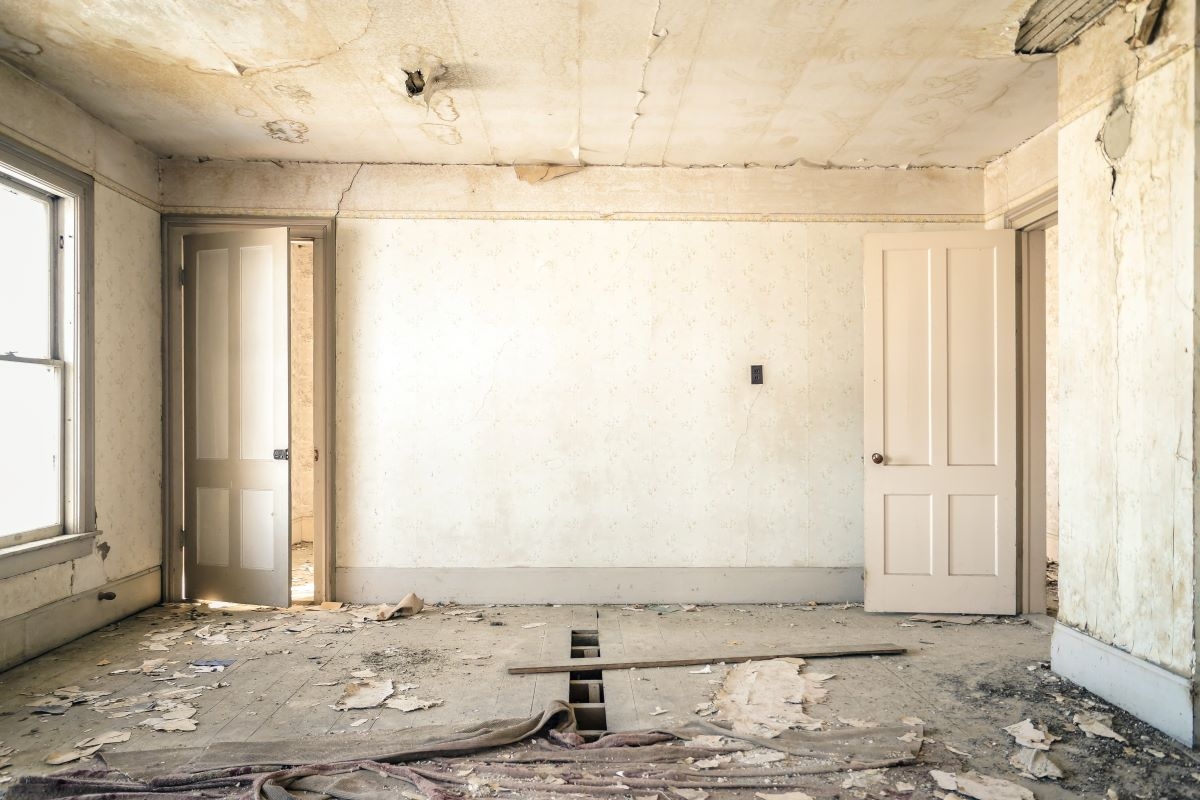
The dangers of renovating historic buildings
Historic buildings have a unique appeal that evokes nostalgia and reminiscence. They can create a feeling of connection to the past while enjoying the present and modern times. If you are planning to buy an old building and considering renovating it, you should prepare yourself for a challenge. Here are some dangers associated with renovating historic buildings.
Structural Integrity
The first thing that should come into your mind when you buy an old building is its structural integrity. When you need to inspect it, watch for dampness as it could indicate that water has seeped through the walls and roofing. This can lead to moisture, which can affect the structural integrity of the entire building. It could be very costly to repair such issues. When inspecting the house, watch out for broken roofing and flashing. See if there are cracked brickworks and other defects that can clue you in on the current state of the building. Moisture can also lead to extensive water damage and mold, and this is something a dehumidifier won’t resolve.
Asbestos
Canada only banned the use of asbestos (with exceptions) in 2018. As such, you can still run the risk of dealing with asbestos when renovating an old home. Asbestos can be present in insulation and areas where fire resistance is high. Unfortunately, you can’t tell the presence of asbestos by visual inspection since it’s often coated with paint.
The use of asbestos in Canada is now limited for a good reason. Asbestos, when inhaled, can lead to health complications that worsen over the years. In fact, many individuals have already worked with Bergman Legal to fight for compensation for their cause. Workers must be provided with proper protection gear before removing or inspecting for asbestos. If they are not, and end up sick because of asbestos exposure they may have a right to sue their employer.
Lead Painting
Another one of the dangers of renovating a historic building is the use of lead paint. If the building you are considering was built before the 70s era, then you should assume that the paint contained lead. Most of the paints produced until the middle part of the 1960s commonly contained lead. It was especially common for paints used to coat doors and windows and could also be found in metal items like radiators. Inhaling or ingesting lead can be detrimental to one’s health. It can target the kidneys and the brain. In some cases, it can also cause infertility.
However, if you believe that the building’s original paint works have been repainted several times, there is a possibility that the lead contained in the initial paint job could be deeply hidden within the layers. If you are not planning on “disturbing” these layers, then it is safe to renovate the building.
Outdated Electrical wiring
Perhaps one of the costly pains of renovating an old building is when you have to deal with old electrical wiring. Often, the lighting fixtures are no longer available and use up a lot of energy, which can cause skyrocketing utility bills. Worse, faulty wirings can be a fire hazard. If you are planning to convert to energy-efficient lighting, you have to go to the trouble of tracing all the wiring and checking to ensure that there aren’t any issues that you need to address. See if there is any wiring that needs replacement.
An old home, when properly renovated, can be a worthy investment. Ensure that you do a careful inspection, so you don’t put yourself in hot water later on when these dangers creep up on the building you purchased. Always err on the side of caution and do due diligence before beginning a building renovation.













